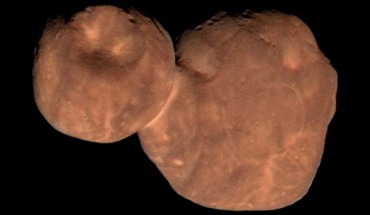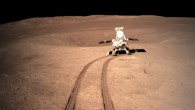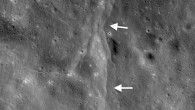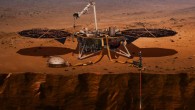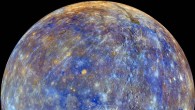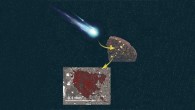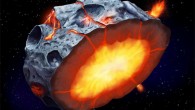After flying past the dwarf planet Pluto in 2015, NASA’s New Horizons spacecraft shifted course to Ultima Thule (also known as 2014 MU69), a much smaller body about 22 miles (36 km) in length. Ultima Thule is part of the Kuiper Belt, a torus-shaped ensemble of objects in the outer Solar System beyond the orbit of Neptune. The New Horizons team has just published the first peer-reviewed scientific results from the flyby, and they reveal some fascinating...

